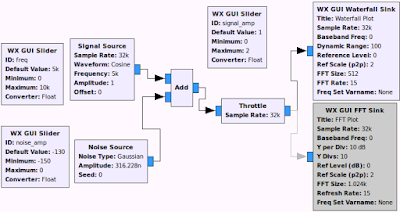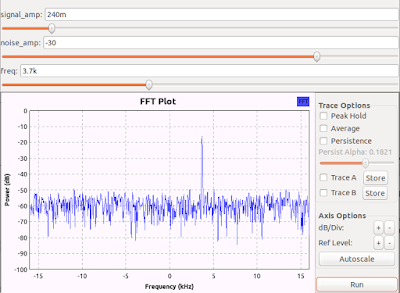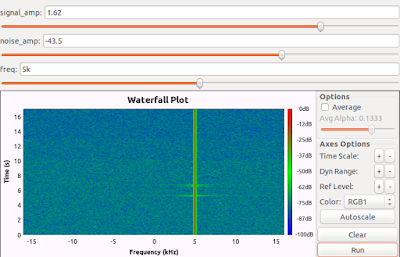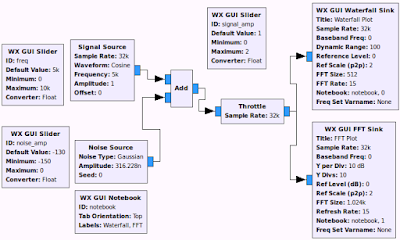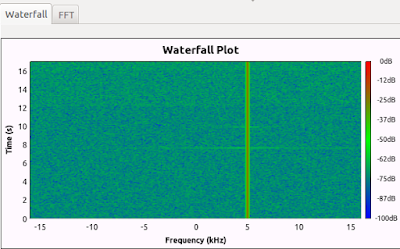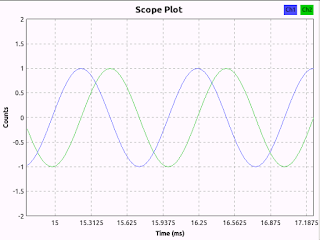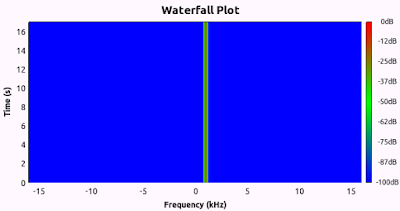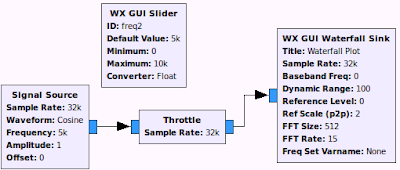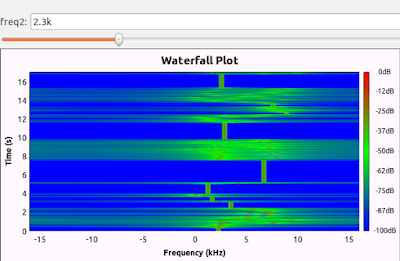 |
| Our infra-sonic recording setup |
Elephants are very important type of animals in our world as they are the giant mammals living on the surface of the Earth. I'm so lucky to have elephants in my country which is not an opportunity everybody get. Some people in this world have to visit a zoo to see this kind of a giant mammal while we have a lot of them in our wildlife reservoirs. In addition to the wild elephants, there are many domesticated elephants owned by different people. The most popular national event that features elephants is the Kandy Perahera where many elephants walk along the traditional dancers and other cultural displays.
We, as a research group, developed our interest on elephants due to their involvement in very important problems in our society. Wild elephants have become an unavoidable factor in the daily life of a lot of rural people in Sri Lanka as they experience conflicts between humans and elephants very often. Such events have resulted in deaths of both humans and elephants in addition to huge financial losses created by elephant attacks to crops and human habitats. Another important thing that draws our attention is the collisions between wild elephants and locomotives that carry passengers and goods through rural areas specially in the northern and central part of the island. All these things highlight the importance of studying elephants to find smart ways to mitigate their problems. In particular, we are interested on the communication of elephants based on infra-sounds which is not sensitive to the human ear. If we gain a capability to detect their communication, we might be able to do to various useful things such as locating them in the jungle, protecting humans from their raids, etc.
 |
| Preparing for the experiment |
Aligned with this goal, we have conducted several studies on infra-sound emitted from wild elephants and last Thursday we made another step along this path. We received an opportunity to perform a recording near a domesticated elephant. Unlike any other elephant which we may have encountered, our recent visit was to the single most important elephant of our country. That is the Tusker which holds the Tooth Relic at the Kandy Perahera. They call it
Nedungamuwe Raja which lives near its owners house in the village called Nedungamuwa in Gampaha District. As we heard, this one is the tallest domesticated elephant in South Asia. It was born in India and handed to a monk in Sri Lanka by a Maharaja. Currently it belongs to an Ayurvedic physician.
 |
| Well, that's me :) |
Three people from our lab that is Poshitha, Chathura and me joined for this visit. We carried our infra-sonic recorder device with a video camera and a laptop. The two persons who are in-charge of taking care of the elephant was so helpful during our work. We set up the infra-sonic recorder and video camera on a tripod and connected it to the laptop near the elephant. We waited for about an hour to collect as much data as possible. Since we were just recording the sound and taking video, we didn't have to disturb the elephant on its daily routine. It was eating all the time during the recordings. We bought some fruits from a nearby shop and offered to the elephant too. After the recordings, the owners family offered us some refreshments with sweets and cold beverages at their house. Their kind help was so important to us to get this work done. It was a wonderful experience since it's usually not easy to see the tusker which carries the Tooth Relic in this form outside the Perahera in Kandy.
We still don't know whether the recorded data has some indication of the presence of infra-sonic emitted by the elephant. Poshitha will need more time to analyze those data and extract what we want. Whatever the result would be, I'm so happy about this field visit which was a very nice experience that makes research more interesting than sitting in a lab in front of a computer.
